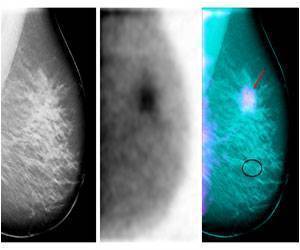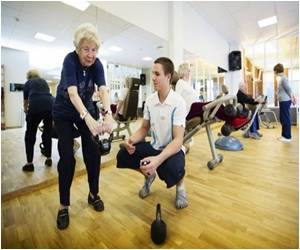Study shows how prenatal exposure to male hormones influences which activities girls are interested and engage in.

TOP INSIGHT
Exposure to male hormones prenatally is associated with girls having an increased interest in activities that have traditionally been thought of as masculine, like building things or playing or watching sports.
Sheri Berenbaum, professor of psychology, Penn State, said the results -- published in the Archives of Sexual Behavior -- support the idea that gender development is a complex process that does not solely rely on either biological or social factors.
"People used to think -- and some still do -- that gender development and behavior is based either on a person's biology or social environment," Berenbaum said. "But I think people now realize that it's both, and the question is how these forces work together. So we're trying to delve into how hormones and socialization both affect gender development."
According to the researchers, children typically begin spending more time socializing with children of their own gender in early childhood, referred to as "sex segregation." Berenbaum said this tendency has been hypothesized to result from such factors as gender identity and personal characteristics.
Berenbaum said the study was an opportunity for researchers from different backgrounds -- some who look at gender from a biological perspective and some who view it from a socialization perspective -- to work together to see how these perspectives merge.
The researchers recruited 54 girls between the ages of 10 and 13 with CAH -- 40 with classical CAH and 14 with non-classical CAH. They interviewed the girls about their activity interests, gender identity and attitudes about gender roles, among other things. The researchers also called the girls on seven evenings over the next two to four weeks to ask them how much time they spent on particular activities that day, and who they spent their time with.
The researchers found that there was no significant association between androgen exposure and girls' time spent with either boys or girls. But, they did find that girls with classical CAH -- those with prenatal androgen exposure -- spent more time in male-typical activities and less time in female-typical activities.
Additionally, they found that the majority of girls with classical CAH identified as girls and had typical attitudes about gender, which could contribute to their interacting mainly with other girls, a pattern that suggests that hormones may not have an effect on gender identity and attitudes, according to Berenbaum.
Susan McHale, distinguished professor of human development and family studies, Penn State, agreed that the results suggest that gender development and segregation result from both biological and social influences.
"A number of theories have been proposed to explain sex segregation, most of which focus on socialization," McHale said. "Findings from this study suggest that gender development is more complex than a simple matter of socialization and are consistent with the idea that nature and nurture interact to explain gender development, and they illuminate one such interactive process."
In an additional paper recently published in Child Development Perspectives, Berenbaum discussed the complexity of androgen effects on behavior and the value of studying girls with CAH. She said that in the future, she would like to continue studying the brain structure of girls with CAH and further explore how biology and socialization work together to influence development.
"Behavior is complex, but some people resist the idea that biology influences behavior because they think it means that behavior is predetermined and cannot be changed," Berenbaum said. "But that's not true. Biological influences don't mean everything is fixed when you're born. Behaviors that are influenced by hormones and other biological processes can still be changed by the environment."
Source-Eurekalert
 MEDINDIA
MEDINDIA




 Email
Email




